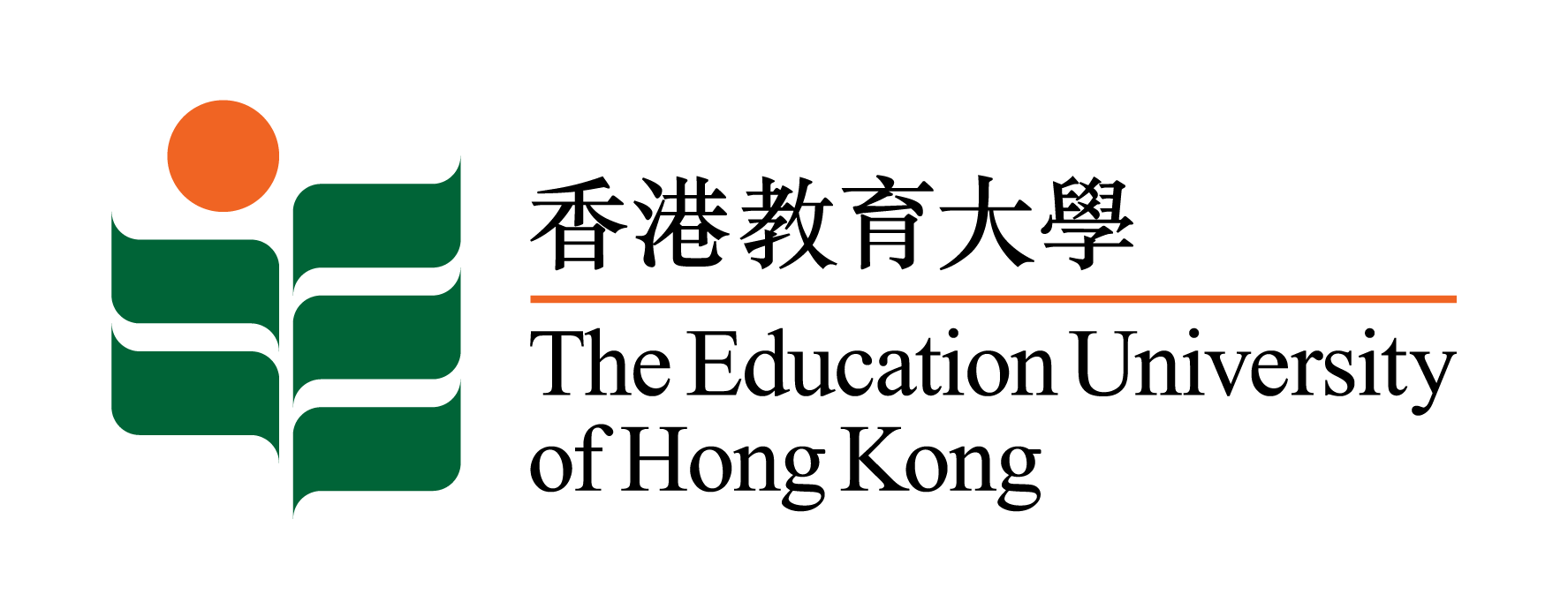Abstract:
Interdisciplinary learning units with focuses on science and environment can help learners develop critical thinking skills and act in responsible ways. This project focused on concepts and action competence as the crucial elements for the complex interdisciplinary issues that involve the environmental and scientific aspects of the society. The project worked on the construction of a framework to support the development of learning units with reference to contemporary societal issues and closely related to the local school curriculum. Emphasis was put on developing integrated units (focusing on the 4 dimensions of Effects, Causes, Change and Visions) that empowered learners who were in our teacher education or education-plus progammes to promote critical thinking, democratic processes and action-oriented knowledge.
Code:
T0116
Principal Project Supervisors:
Subjects:
- Science -- Study and teaching
- Environmental sciences -- Study and teaching
- Critical thinking -- Study and teaching
- Interdisciplinary approach in education
Start Date:
01 Feb 2012
End Date:
30 Jun 2013
Status:
Completed
Result:
Students participated in the project found the suggested class activities in the learning units diversified and can foster inquiry thinking, for example the concept mapping exercise and the five-senses learning approach are effective means to help students investigating the issue from different angles. They were also pleased with the unit designs as they can integrate a contemporary issue with political, economic, social as well as educational perspectives. All these are invaluable teaching strategies that students could conceptualize by experiencing the activities provided in the units.
However, feedback was also received that the level of some of the activities could be raised and more attention could be given onto the time management issue. Given the limited lesson time and significant diverse learning needs in real classroom situations, the units were commented to be too substantial in contents and the number of activities and/or tasks.
The comments provided by the lecturers and students indicated that they had reflected on the use and value of the framework and suggested areas for improvement on the interdisciplinary learning units. Their comments would be useful in improving the 4 existing units and in developing interdisciplinary units.
Impact:
Both qualitative and qualitative data were collected for the evaluation of the project. Students’ comments of the interdisciplinary units were also captured in the teaching videos taken. In fact, asking students to comment on the unit design in the class was actually a way to consolidate their understanding of the interdisciplinary concepts which they have learned before in the course. The units adopted in class well illustrated and demonstrated an example of how an interdisciplinary unit could be designed. Besides, distributing to students a full set of teaching resources (including lesson plans, teaching PowerPoints, worksheets, concept map and matrix table of the interdisciplinary unit) helps inform students’ capacity in lesson planning and activities. This is contributory to enhancing their professional development of being a General Studies (GS) or a Liberal Studies (LS) teacher in schools. Lastly, students’ assessment results collected in class were analyzed to grasp students’ deficiency in understanding the framework. These feedbacks did not only inform the teaching of students’ organization of interdisciplinary concept, but also the ways to improve the unit designs.
Deliverables:
鄭雅儀及蘇詠梅(2013):「塑膠廢物」網上教材套。http://www.ied.edu.hk/cees/pub/resources/20130724/plastic_waste.htmlhttps://repository.eduhk.hk/en/publications/bad6e826-3268-4b76-a46d-acaf...
鄭雅儀及蘇詠梅(2013):「發光二極管」網上教材套。http://www.ied.edu.hk/cees/pub/resources/20130724/led.html https://repository.eduhk.hk/en/publications/e98875c1-d625-44c5-aa1f-077e...
Financial Year:
2011-12
Type:
TDG
